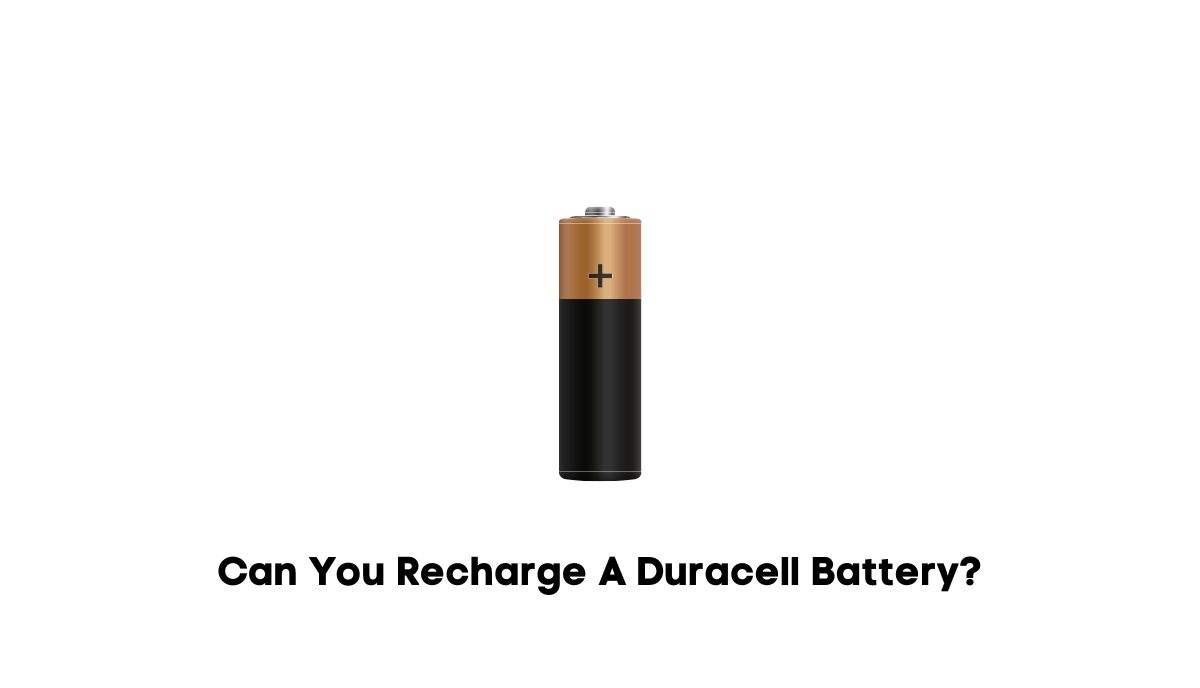You can’t recharge every Duracell battery. You can only recharge their rechargeable batteries. Rechargeable batteries are convenient because you can recharge them hundreds of times before they degrade.
This makes them more cost-effective than disposable batteries, which you must replace once they go flat. People use Duracell’s rechargeable batteries in high-drain devices. They increase the reliability of your appliances. Fight the temptation to recharge Duracell non-rechargeable batteries. The practice is dangerous.
Duracell’s Rechargeable Battery Line And The Types Of Batteries Available
Duracell wants to satisfy every demographic they encounter, which is why you can find their rechargeable batteries in all the major sizes, including:
- AA – Double A is the most popular battery size on the market, prominent in both high-drain and low-drain devices. You see these 1.5V batteries in everything from clocks and remote controls to thermometers and cordless phones.
- AAA – Triple A is the second most popular size, also available in thermometers, clocks, remotes, etc. You use them when the device calls for smaller batteries than AA. You should expect less energy from AAA because of their small size.
- C – These 1.5V batteries work in heavier items such as torches, sensors, and toys.
- D – You find this size in devices people use for an extended period, such as torches and stereos. Their bulkier construction allows them to deliver several hours of power continuously.
- 9V – These batteries stand out because of their rectangular shape. 9V batteries appeal to consumers that appreciate their durability and impressive performance.
But what about the battery type? You can find rechargeable Duracell batteries in various chemistries, including:
- Lithium-ion – Lithium-ion batteries are among the most popular rechargeable batteries on the market because they appear in phones and laptops. They don’t need regular maintenance.
- NiCd – Unlike lithium-ion, you usually see nickel-cadmium batteries in conventional sizes like AA and 9V. Their voltage remains the same until the battery discharges.
- NiMH – These environmentally friendly batteries have a high energy density. Unfortunately, this translates into a reduced life cycle. Their capacity remains unchanged until they go flat.
How Do Duracell Rechargeable Batteries Differ From Non-Rechargeable Ones?
Don’t expect rechargeable batteries to differ from their non-rechargeable counterparts on the outside. The distinctions are internal. This Texas A&M University (College Station) guide has dissected the workings of a battery.
Conventional batteries have an anode and a cathode. A reaction between the metals allows electrons to flow from the anode to the cathode. Rechargeable batteries stand out because you can apply an external voltage to reverse the electron potential, undoing the galvanic discharge.
Look at the packaging. It will tell you whether a Duracell battery is rechargeable or non-rechargeable.
Can Duracell Non-Rechargeable Batteries Can Be Recharged?
Kennis Russell tested this concept. He released a video showing what happens when you attempt to recharge a non-rechargeable battery. In the video, someone unknowingly inserted non-rechargeable batteries in a charger. They ended up degrading and leaking, destroying the charger in the process. Non-rechargeable alkaline batteries release a gas that builds pressure in the seal when you recharge them. They eventually burst.
Specific Instructions And Warnings About Recharging Duracell Batteries
- Use the recommended charger. High-quality Duracell chargers are safer than fake alternatives despite their price tags being so hefty.
- You should only recharge batteries labeled ‘Rechargeable.’
- Don’t charge hot batteries. Also, Duracell warns against refrigerating batteries.
- Pay attention to the LEDs. According to this Duracell guide, a blinking red light shows something has gone wrong. Don’t ignore this warning. Stop charging the battery immediately.
- Try to match the chemistry and voltage while charging multiple batteries.
How To Properly Charge Duracell Rechargeable Batteries?
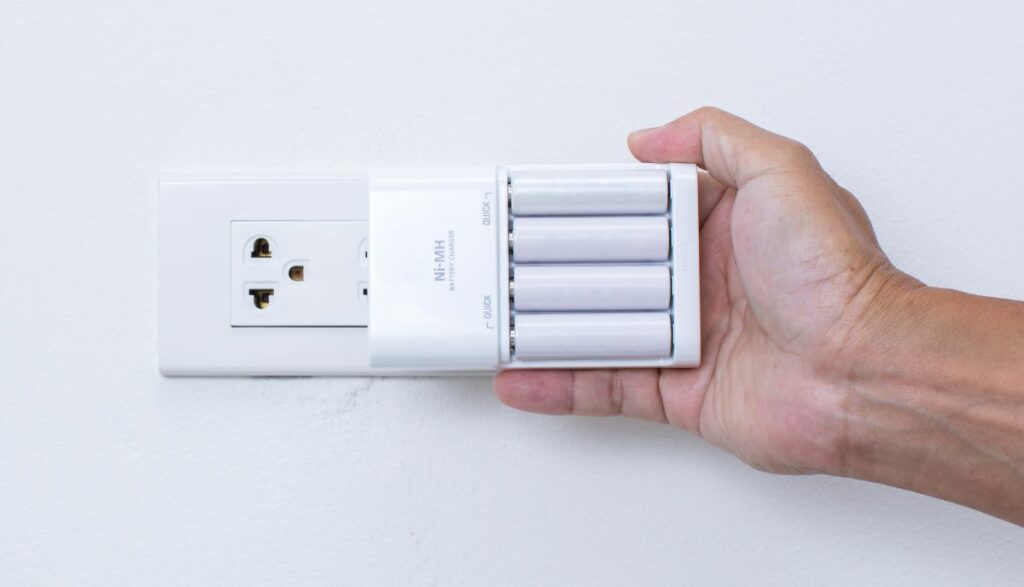
- Place the rechargeable batteries in the charger.
- Connect the charger to a wall socket.
- Make sure the LEDs show that the battery is charging. The LED will turn a steady red color.
- If the red LED blinks, troubleshoot the batteries and their charger until you identify the problem.
Information On Compatible Chargers And Their Features
How do you identify the correct charger for a Duracell battery? The following variables will guide your decision:
- Make sure the charger is compatible with the battery chemistry. The manual will specify the battery types that work in the charger.
- Match the capacity. This variable determines how long the charger takes to fill the battery. For instance, it can take a 10A charger six hours to charge a 50Ah battery. A higher amperage allows the charger to fill the battery faster.
- Match the voltage rating. You need a charger with the same voltage as the battery.
- Choose a charger with a sufficient number of battery banks.
- Use Duracell’s recommended chargers to be on the safe side.
Potential Risks And Guidelines For Using Non-Duracell Chargers
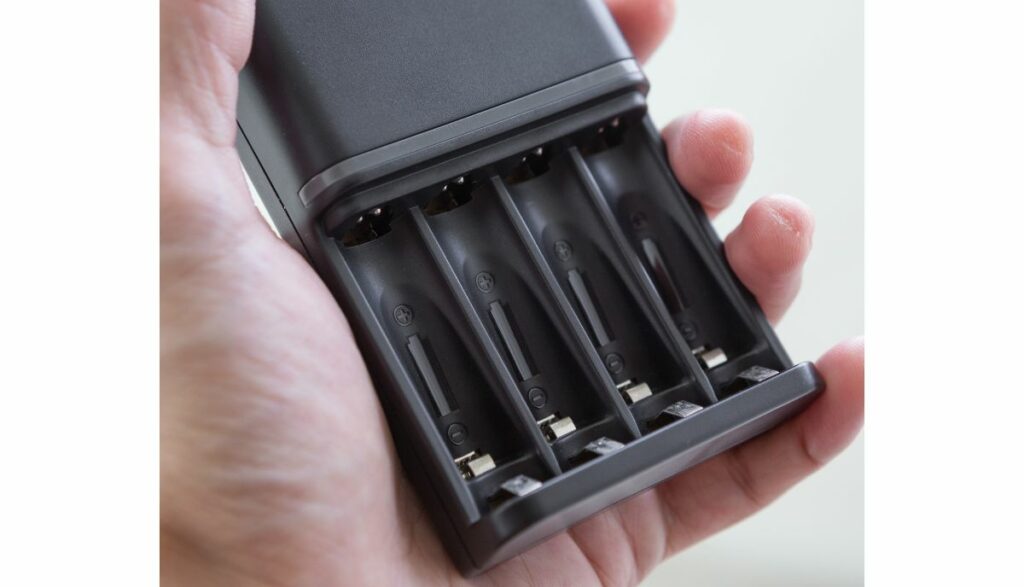
You can safely use non-Duracell chargers. Problems only arise when you buy untested low-quality chargers from questionable brands. Don’t be surprised if a fire starts because of the charger’s poor construction. However, if you have a high-quality charger from a different brand, you have nothing to worry about so long as you keep the following in mind:
- Make sure the charger is compatible with the battery’s chemistry. For instance, if you own nickel-cadmium batteries, buy a charger that works with NiCad batteries.
- The battery and charger’s voltage should match.
- Find a higher amperage charger to accelerate the charging process.
- Get a UL-listed product.
Approximate Charging Times For Various Duracell Rechargeable Battery Sizes
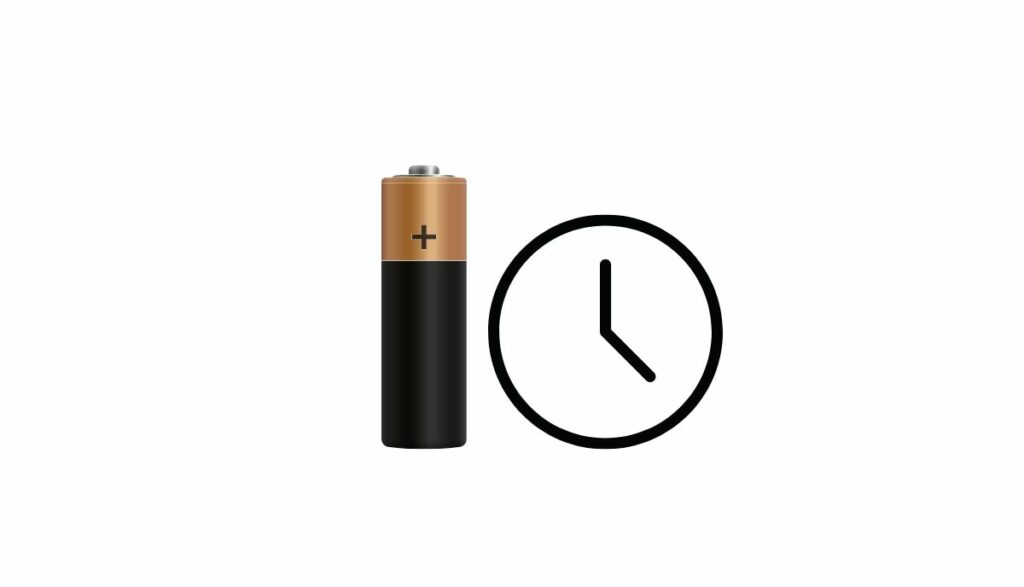
You calculate the charging time using this formula:
Charging time = battery capacity/charger current.
The battery capacity tells you the amount of charge a battery can hold. A charger works by pushing a current into the battery. Therefore, dividing the battery capacity by the charger’s amperage tells you the estimated charging time.
For instance, Duracell sells a rechargeable AA 2500 mAh battery. Dividing 2500mAh by the charger’s mA will tell you everything you need to know. You should learn to convert the battery and charger ratings into your desired units.
Some companies use mAh, Wh, and kWh to represent the battery capacity. You may also use mA and W for the charger’s output. Foot Print Hero has a calculator that automatically calculates the charging time based on the battery’s capacity and charger output as well as a list of the relevant unit conversions.
For instance, you get watt hours (Wh) when you multiply the amp hours by the volts and the kilowatt hours (kWh) when you multiply the amp hours by volts and then divide by 1000. You can only accurately calculate the charging time by using the correct units.
Understanding The Capacity And Energy Output Of Charged Duracell Batteries
The battery capacity is the amount of energy a battery can hold. The output is the quantity it can deliver. According to Sciencing, you only get an output from the battery when you connect it to a circuit.
Connecting the battery to a circuit allows you to measure the voltage drop across the load, which, in turn, reveals the power output.
X-engineer expresses the capacity in Ah and the output in Wh or kWh. Shahin Farahani in ‘ZigBee Wireless Networks and Transceivers’ agrees. They get the battery capacity after multiplying the milliamps by the hours to attain the mAH.
Duracell will give you this information. They will print each battery’s capacity and output on the battery or packaging. You should match these variables to the rating of the load you want to run.
The Number Of Charge Cycles Duracell Rechargeable Batteries Can Endure
Every battery has a limited number of charge cycles. That term refers to how many times you can fully discharge and charge a battery. The more you charge and discharge a battery, the closer the battery comes to the end of its lifespan.
You cannot accurately predict the number of charge cycles left in a Duracell battery. Even when two batteries are the same, their lifespans will differ by several dozen charge cycles.
A Duracell battery’s packaging will tell you the number of charge cycles it can endure, ranging from hundreds of charge cycles to thousands.
Tips On Maintaining Battery Cycle Life And Maximizing Usage
- Don’t allow the battery to discharge to 0 percent.
- Disconnect the charger when the battery fills.
- Keep the battery away from extreme temperatures.
- Use recommended chargers.
- Don’t use the device while charging the battery.
- Use devices with energy-saver modes.
- Charge slowly where possible. Some fast chargers will harm the batteries.
Why do people use rechargeable batteries?

- Rechargeable batteries are a better fit for low-drain devices because they hold enough charge to keep your equipment in operation for a long time.
- Rechargeable batteries are also suitable for high-drain devices because they deliver a stable stream of power (constant voltage) reliably for years. You don’t have to buy new batteries when the old ones discharge. This makes them more convenient.
- You can stick with disposable batteries for low-energy devices because they remain in operation for years before going flat. For high-drain devices, rechargeable batteries are the only rational option.
Cost-Effectiveness And Environmental Impact Of using Rechargeable Batteries
Consumer Reports argues that every battery eventually ends up in a landfill. According to One Home, the UK sends 20,000 tonnes of battery waste to landfills annually.
In that regard, rechargeable and disposable batteries are equally detrimental to the environment. However, society adds fewer rechargeable batteries to landfills because you can recharge these items as opposed to replacing them when they deplete.
This makes them the most eco-friendly option. It is also the reason why rechargeable batteries are more cost-effective. Their initial price is higher, but you will use them for a longer duration before buying replacements.
What Do You Do With Old, Depleted Rechargeable Batteries?
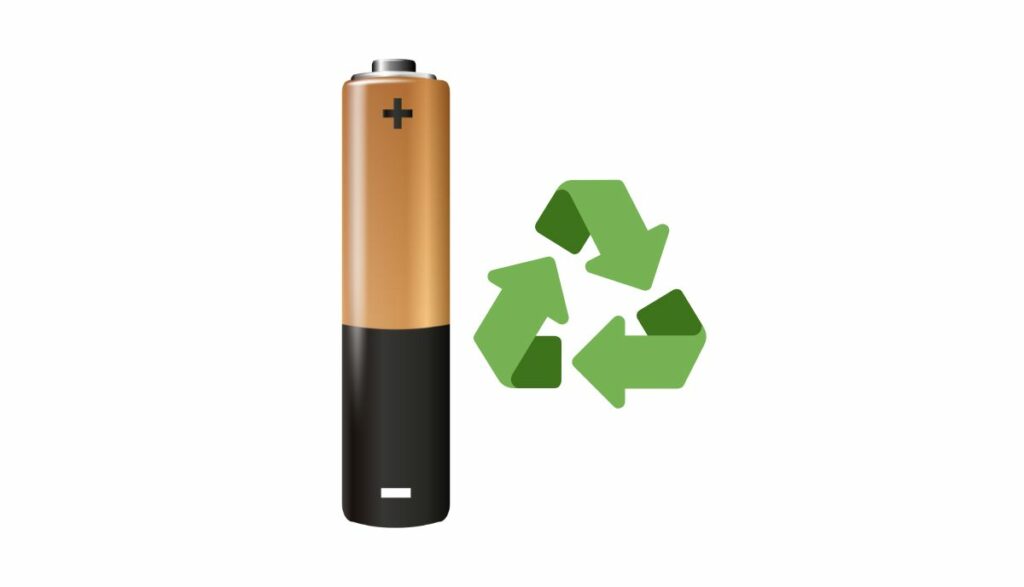
- Duracell encourages consumers to recycle its rechargeable batteries regardless of the size.
- They include a recycling seal which tells you that a battery should be recycled.
- Don’t throw your batteries in the trash. If you intend to transport large quantities of batteries to a collection center, keep them in a non-metal container.
- Don’t mix old batteries with other items you intend to recycle.
- Don’t bother removing the label or taking the battery apart beforehand.
- Where possible, take the batteries back to the retailer.
- You can also recycle the packaging.
- Duracell has a program called ‘Duracell Direct’ that works with the Call2Recycle recycling scheme. The scheme has taken over 80 million pounds of batteries out of community landfills.
How And Where To Recycle Used Duracell Rechargeable Batteries
- Return the batteries to your local retailer.
- Take the batteries to Duracell Direct offices. You can find the contact information on this Duracell Direct Page.
- Don’t use the post office to send old batteries to Duracell.
- Take the batteries to a Call2Recycle collection point near you.

